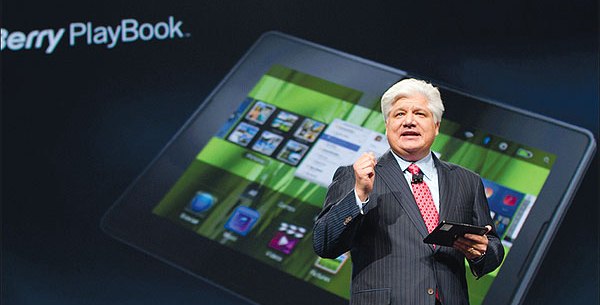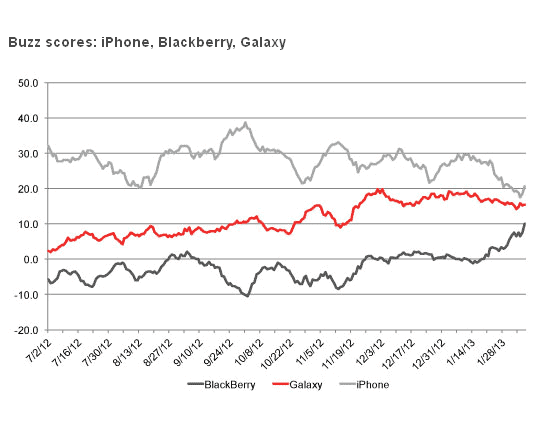
It wasn’t received with much fanfare. When Research in Motion acquired QNX Software from Harman International this past April, the move was supposed to be the Blackberry maker’s entry into the automotive sector.
As RIM co-CEO Mike Lazaridis pointed out, the deal would ” further integrate and enhance the user experience between smartphones and in-vehicle audio” Turns out QNX is set to become a much bigger piece of the RIM puzzle than anyone, outside of perhaps Lazaridis himself, may have anticipated.
Ottawa’s QNX was founded in 1980 and acquired by Harman International in 2004. The company has developed an operating system called the QNX Neutrino microkernel architecture. QNX is more familiar to those familiar with operating systems used in mission critical environments, such as high speed trains in Europe and Japan, nuclear power plants, even the Canadarm.
After the acquisition, RIM quickly put the QNX Neutrino architecture to use for its entry into the burgeoning tablet market, The Playbook. The QNX Neutrino operating system provides support for Adobe Flash and Air, Java, HTML 5.0 and C++. These advances make the Playbook instantly friendlier to the developer world, many of whom already hold QNX in high esteem.
Almost immediately after the acquisition Techi writer Navneet Alang said the QNX acquisition is “much more interesting than it sounds” and that “Blackberry have suddenly got a lot of talent for creating a successor to their clunky and old-fashioned – if eminently practical – Blackberry OS”
Tom How, writing in OS News, said the new operating system is a major move, and that QNX Neutrino “has already proven itself in the most mission-critical environments where toy operating systems don’t dare to go – you know, nuclear facilities, medical equipment…”
Clearly RIM management agrees with the tech heads, as it is becoming clearer and clearer that QNX is expected to become the default operating system for all BlackBerry devices.
This story is brought to you by Zecotek Photonics (TSXV:ZMS). Zecotek is a developer of leading-edge technologies for medical, industrial and scientific markets including a glasses free next generation 3D display technology, high-performance crystals, photo detectors, medical lasers and optical imaging technologies.
But what, exactly, gets the tech-geek community in a tizzy about QNX Neutrino? Blogger Alec Saunders, who was once VP of Marketing for QNX Software for and later helped Microsoft launch Windows 95 and the first two versions of Internet Explorer, gave his readers a glimpse into what RIM may be actually up to here:
“One of QNX technology hallmarks is its distributed message passing architecture. Applications can run parts of themselves transparently on different processors and devices on a network. To understand what this means, think about the technology future shown in the movie Avatar where applications were transparently dragged from one screen to another, the screen then detached by the user, and the user walked away with the same application running on the portable device. Was it just artistic license, or was the PlayBook launch video trying to communicate a similar vision for BlackBerry, Playbook and QNX? Perhaps the message of the video is that a world is coming in which your mobile device will transparently interact with all kinds of other computers in your environment – like cars, projectors, desktop PC’s, entertainment consoles, music devices and televisions. QNX is already in those kinds of applications today…”
A recent CNET review of the Playbook noted the earliest forms of this architecture may be already upon us because “existing BlackBerry users can pair with the PlayBook over Bluetooth to provide them with a secure gateway to connect with their BlackBerry e-mail, contacts, calendar, and tasks.”
In a year where RIM has been compared to a dinosaur and The Playbook called “dead on arrival” by its largest competitor could 2011 be the year in which Research in Motion sends its competitors back to the lab?
Leave a Reply
You must be logged in to post a comment.






 Share
Share Tweet
Tweet Share
Share




Comment